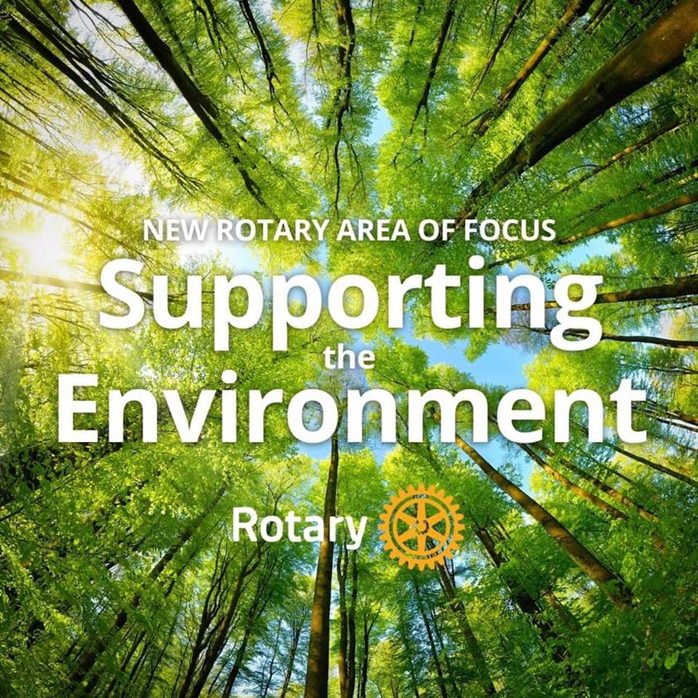
This month’s feature - Plastic: the good, the bad and the ugly.
Plastics made from fossil fuels are just over a century old. Production and development of thousands of new plastic products accelerated after World War II, so transforming the modern age that life without plastics would be unrecognizable today.
Plastics revolutionized medicine with life-saving devices, made space travel possible, lightened cars and jets—saving fuel and pollution—and saved lives with helmets, incubators, and equipment for clean drinking water.
The convenience plastics offer, however, led to a throw-away culture that reveals the dark side: today, single-use plastics account for 40 percent of the plastic produced every year. Many of these products, such as plastic bags and food wrappers, have a lifespan of minutes to hours, yet they may persist in the environment for hundreds of years.
Plastic pollution has become a pressing environmental issue. The rapidly increasing production of disposable products has overwhelmed the world’s ability to deal with them. Plastic pollution is most visible in developing nations, where garbage collection systems are often inefficient or non-existent. But the developed world, especially in countries with low recycling rates, also has trouble properly collecting discarded plastics. Plastic trash has become so ubiquitous it has prompted efforts to write a global treaty negotiated by the United Nations.
Every year, about 8 million tons of plastic waste escapes into the oceans from coastal nations. That’s the equivalent of
setting five garbage bags full of trash on every foot of coastline around the world.
Plastics also can contain additives making them stronger, more flexible, and durable. These additives can extend the life of products, with some estimates ranging to at least 400 years to break down. And then there are microbeads.
However, the good news is that Scientists have been working on the ability to breakdown plastics and have discovered:
- Waxworms and Mealworms can devour plastics and turn them into compost.
- A microbe, Ideonella Sakaiensis can reduce the time plastic takes to degrade from hundreds of years to just a few days,
- And some manufacturers are turning to plants to develop biodegradable bioplastics and to bacteria that convert food waste
to natural bioplastics.
See this video from National Geographic :
So what can we do?
Eliminate single use plastics. Always carry a re-usable bag. Carry a Go Cup/water bottle.
Avoid over packaged products. Avoid fresh produce on plastic trays. Choose unpackaged goods or buy in bulk. Recycle plastics accurately. Choose refillable or reusable containers.
Pick up plastic on your daily walk. Join a clean up day.
Choose products without microbeads: toothpaste, sunscreen, facial scrubs, body wash and some cosmetics.
Look out for the ingredients Polyethylene PE, Polypropylene PP, Polyethylene terephthalate PET and Polymethyl methacrylate PMMA.
Shop with the planet in mind.